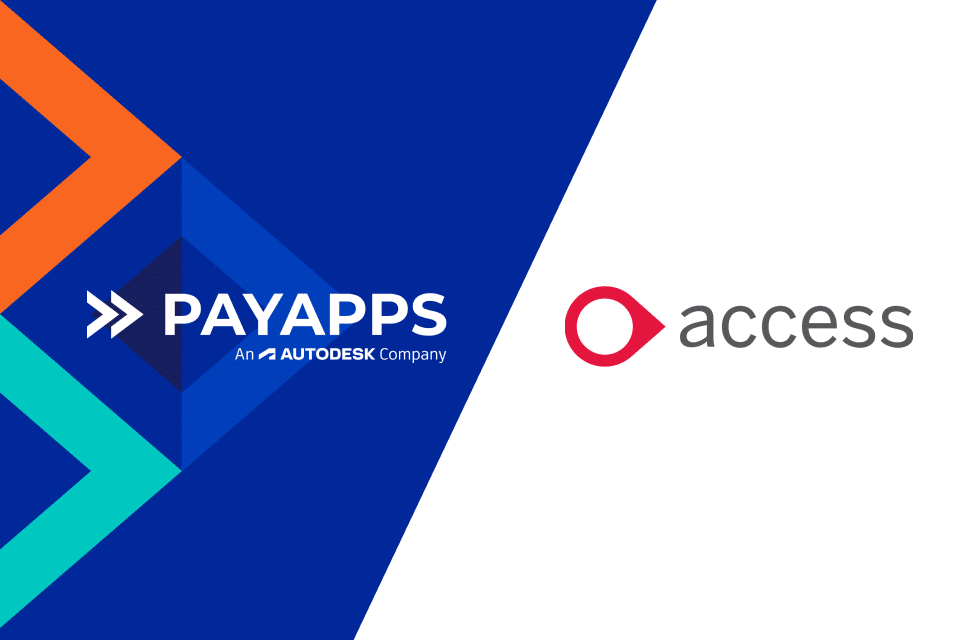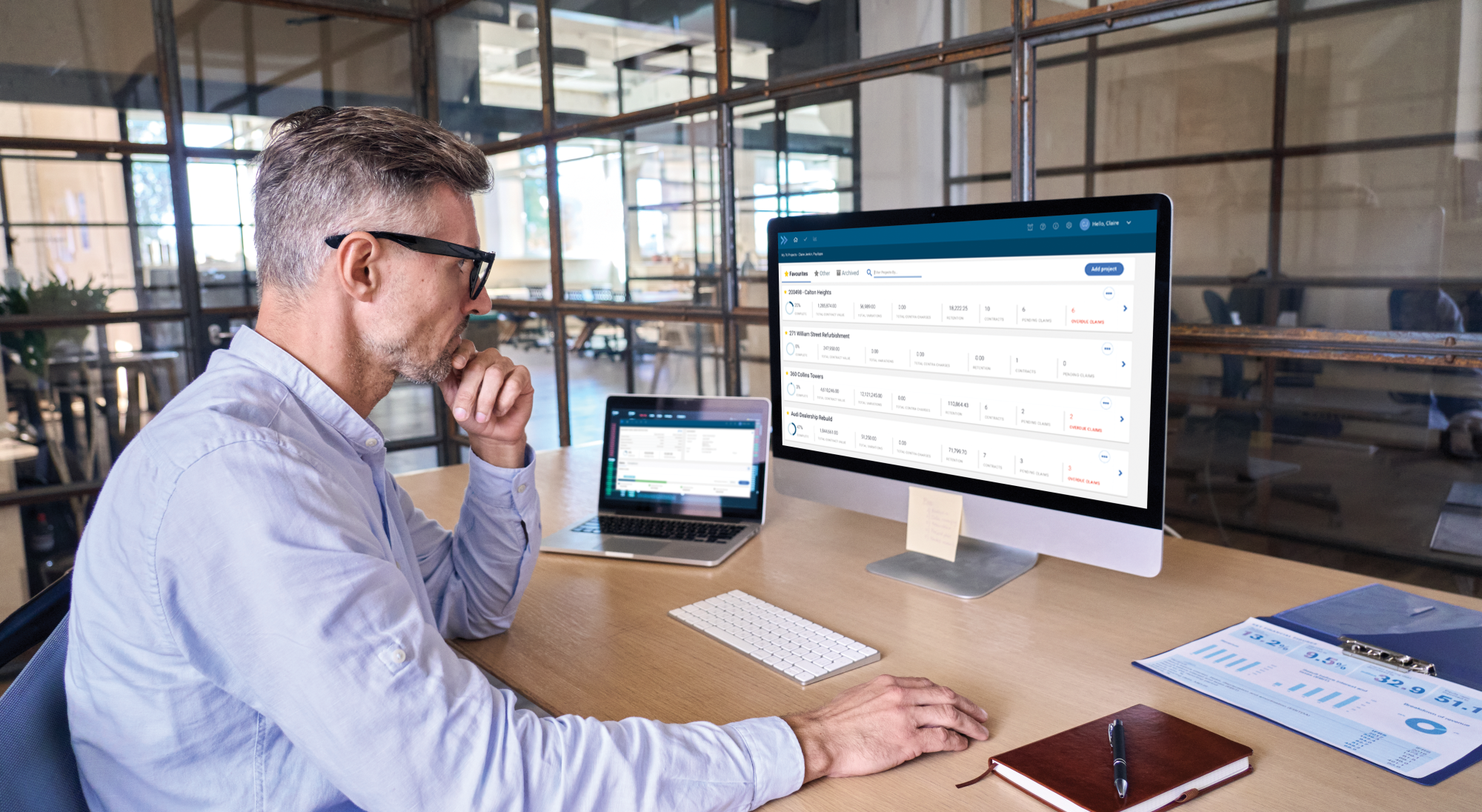The Construction industry is not known for its innovation. In fact, the opposite could probably be said to be true – change is normally slow to come and even slower to be fully embraced by those working within the industry.
The problem with this is, while other sectors are integrating new digital technologies to improve efficiency, Construction is being left behind. According to Construction News, in the eighteen years to 2015, output in the industry had only risen by 3.3%, which considering the improvements in technology over that same period of time, seems shockingly low.
Building Information Modelling (BIM)
The introduction of Building Information Modelling, or BIM, has been working to address some of these issues, the idea being to bring all information about each component of building together digitally in one place. It has undoubtedly helped to get the ball rolling, encouraging collaboration across a project but progress in digitalisation across other facets of the industry has been achingly slow.
When thinking about improving efficiency within the construction industry, most thoughts naturally stray to work on-site and what improvements can be made ‘at the coal face’.
However, BIM is not solely for ‘on site’ activities; a lot of headway for improvement can also be made behind the scenes. The back-office, or administrative side, of the industry provides massive opportunities for embracing change and improving efficiencies. While new technologies are gradually becoming available for the ‘hands-on’ work, they are already there for the back-office processes, and in the main require little investment when compared to the gains.

Excess paperwork, long-winded administrative processes, and even longer paper trails eat up time for everyone involved. Cut back on these and immediate efficiencies are achieved and productivity increases.
So, what could these back-office technologies look like? Well, there are a number of areas that can be considered, where the introduction of a well-planned and tailored system can improve the day-to-day processes by leaps and bounds.
Opportunities for administrative efficiencies in construction
One such system is the cloud-based system for managing applications for payment that we offer here at Payapps. Moving away from the paper-based, manual processes that many companies still use, we offer an automated, integrated solution that allows full visibility and collaboration across the board. We remove the time-intensive tasks associated with receiving an application and supporting documents by email, or even hard copy, and then having to manually track the application through the various stages. Payapps does that for you, also providing timely reminders and notifications for deadlines or next steps.
One of the companies already utilising Payapps, and benefiting from the improved efficiency, is Modular Connexions. After implementing Payapps into their business, Vera Kiessling, their Technical and Founding Director, estimates they have achieved a 20-25% time saving on processing their payment applications through the Payapps system rather than their previous email-based process.
Added to that, there are additional time-savings achieved with the complete visibility of applications, allowing queries to be answered quickly and easily, and project costs to be monitored more closely. The centralised system removes the responsibility of processing an application for payment resting on a single person’s shoulders, and instead allows multiple team members to monitor and progress an application as appropriate. Holiday and sickness absence no longer need affect the payment applications as everyone has visibility of the application history.
Less stress for your internal team and more collaboration with your external team is a win-win for all involved.





